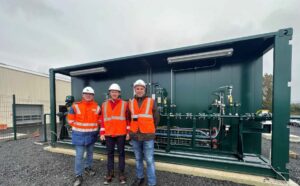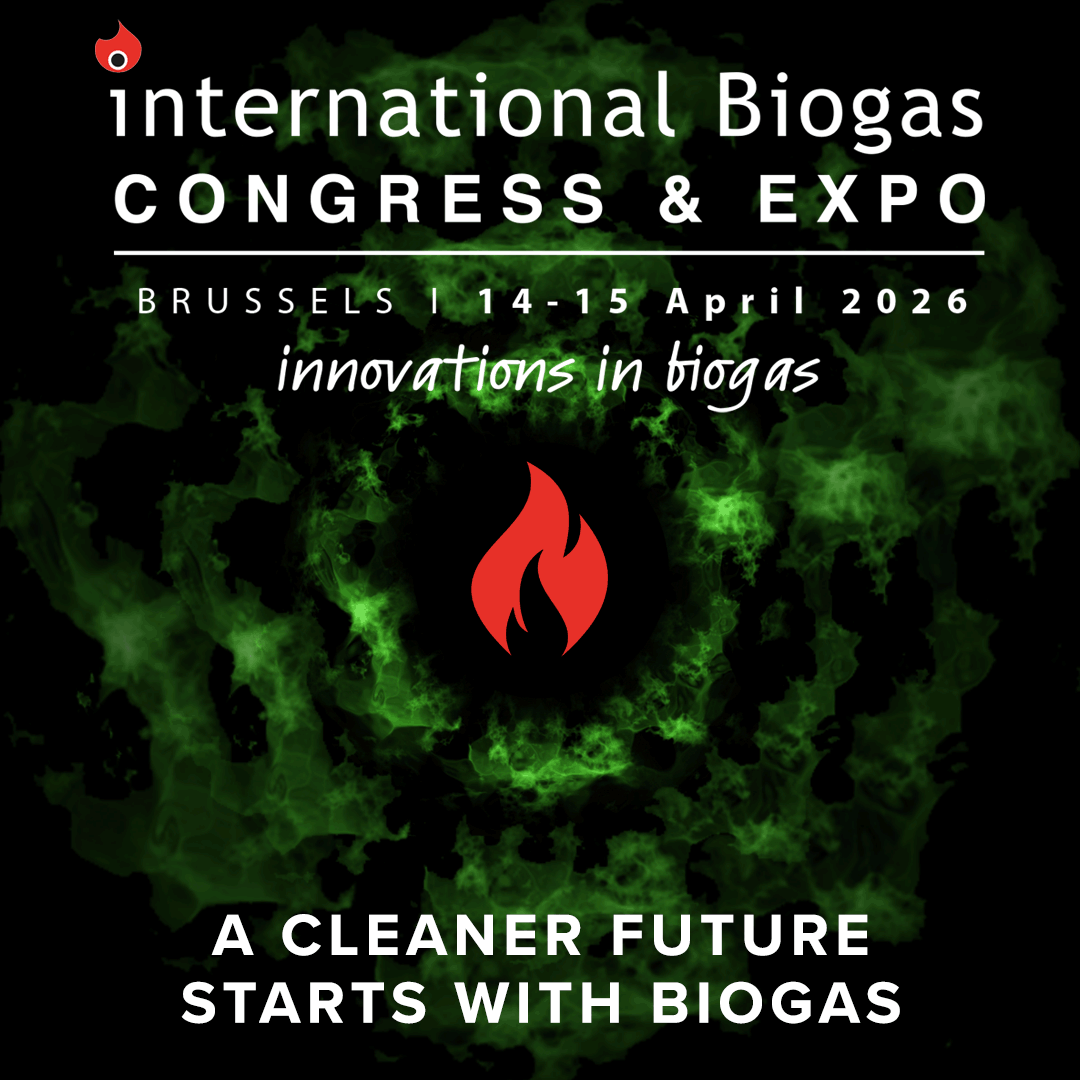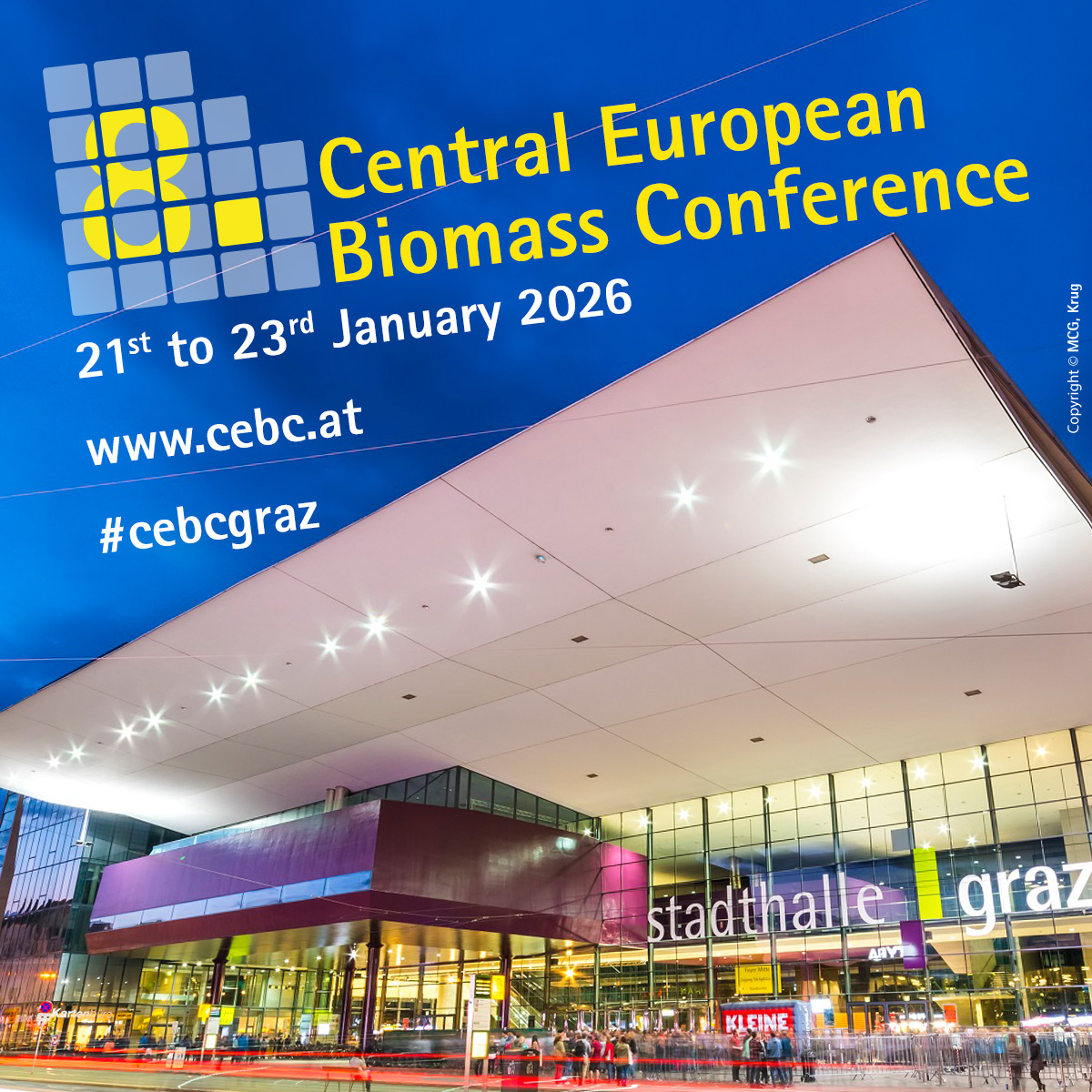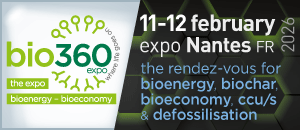Clemessy builds biomethane injection stations to support NaTran

Its Clemessy experts carried out a design-build project to install and commission a biomethane injection station at Fontaine-le-Dun, in order to connect TotalEnergies' new biomethane production site (BioNorrois) to the gas transmission network.
TotalEnergies Green Gases and LNG built the Fontaine-le-Dun anaerobic digestion (AD) plant, which recovers beet pulp from the Cristal Union agro-industrial cooperative by mixing 50% of it with other inputs (slurry, agricultural and agri-food waste) from neighbouring farms.
Eventually, the biomethane produced by BioNorrois should cover the annual energy needs of 30,000 inhabitants (150 GWh PCS of biomethane/year), according to NaTran.
"Our experts built the containerised injection station for NaTran in the vicinity of the site, as they have done on some 50 similar sites in France," said a company spokesperson. "This enables the gas to be analysed, metered, filtered and odorised to give it its characteristic smell, before injecting it into the transmission network. Earthworks and asphalt paving at the BioNoirrois methanization site and around the injection station were carried out by Eiffage Route."
As the interface between the biogas producer (TotalEnergies) and the French transmission network, NaTran's teams build biomethane injection stations, like the one at Fontaine-le-Dun, as well as backflow stations.
“These control containers pilot the compressors used to reinject excess gas from the distribution zones (mainly the GRDF network) into the NaTran transmission network. They also contain gas analysers and transactional meters developed by our teams, and require electrical, automation and instrumentation skills similar to those we developed for the injection stations,” said Pierre Michelet, gas industry sales manager.
The gas industry's strategy is to use all available inputs (biomass) to produce biogas, including material from energy crops (CIVE), which are used to enrich the soil between two food crops (such as corn). Collective urban composters are another source of inputs, as is waste from the agri-food industry.
The Clemessy teams' contribution to the transition to renewable gases is in line with Eiffage Group's low-carbon objectives.
“Biomethane production is virtuous in more ways than one. Firstly, it is fully in keeping with the energy transition and low-carbon objectives. Secondly, it reduces Europe's dependence on gas from other countries, including Russia. Finally, it promotes the circular economy by creating local jobs, reusing a material available nearby and producing digestate (or green manure) which is reused directly in the sector,” continued Michelet.















